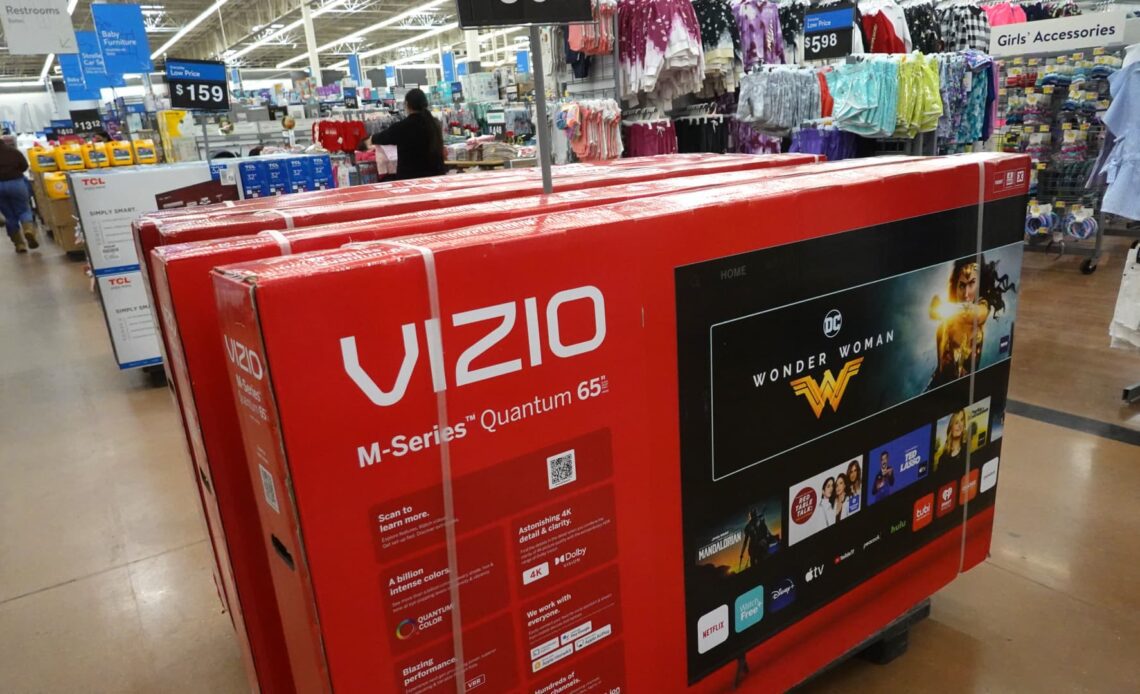A headline-grabbing deal between Walmart and Vizio has sharpened investor attention on a valuable new revenue stream that could help pad profits for retailers. Late last month, Walmart announced it would buy the TV maker in a deal valued at more than $2 billion. To the untrained eye, it would appear the retail titan was gobbling up a maker of a product it offers to customers. But the deal actually centered around Walmart’s ambitions in advertising outside of its store and website. And the announcement comes at a key time for the broader space: Retail media is set to capture more than one-fifth of all digital advertising spending this year, up from around 15% five years ago, according to Insider Intelligence. “To the everyday consumer, this just seems like a retailer buying a supplier of a category that they sell,” said Jefferies analyst Corey Tarlowe. “But it’s not that way.” There are three main routes through which retailers like Walmart benefit from advertising, Tarlowe said. There’s promotions for products in-store. Then, there’s ad space on a company’s website or sponsored listings. The third, which is considered more nascent, is connected TV and other digital advertising not on the company website. As one example, retailers can display advertising on TVs via operating platforms they also own. These retailers can utilize the data they collect on consumers’ in-store and online purchasing habits. That makes their ad offerings more targeted — and, thus, desired by companies trying to promote their products to the right base. Off-site advertising like TV operating platforms is more challenging to execute than on, say, Walmart.com or in the big-box retailer’s stores, said Morgan Stanley analyst Matt Cost. But it has larger revenue potential for retailers given the huge addition of space for advertisers to now purchase through them. Advertising through retailers may gain favor as privacy becomes more paramount, Cost said. In this environment, successful retailers can fetch a premium for their ability to leverage what they already know about their customers over a long period, at a time when it’s becoming more difficult for others to collect that data, he said. This is the latest shift in a long history of retailers attempting to follower consumer eyeballs, said Morgan Stanley analyst Simeon Gutman. The focus in retail advertising once transitioned from in-store to retailer websites with the e-commerce boom, Gutman said. Now, it’s again on the move —…
Click Here to Read the Full Original Article at Investing…


